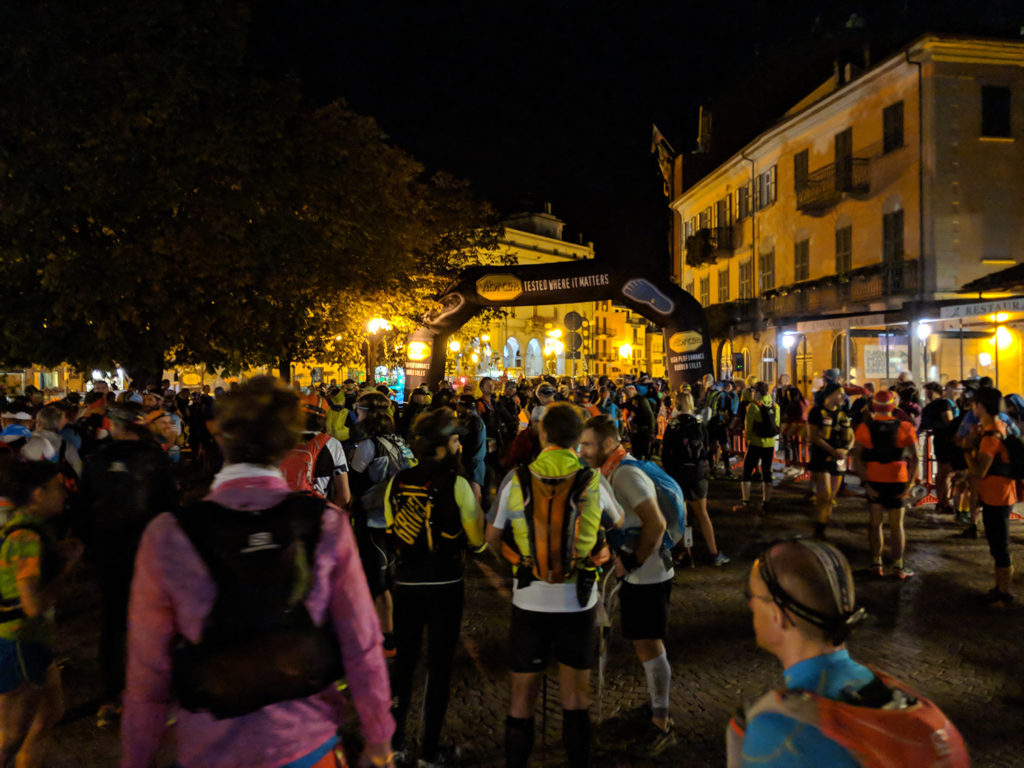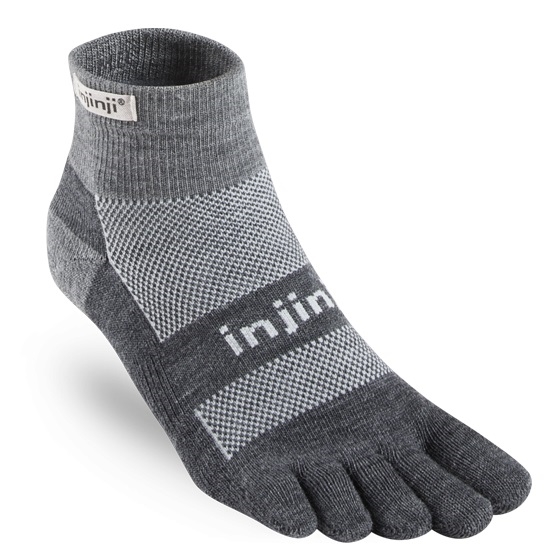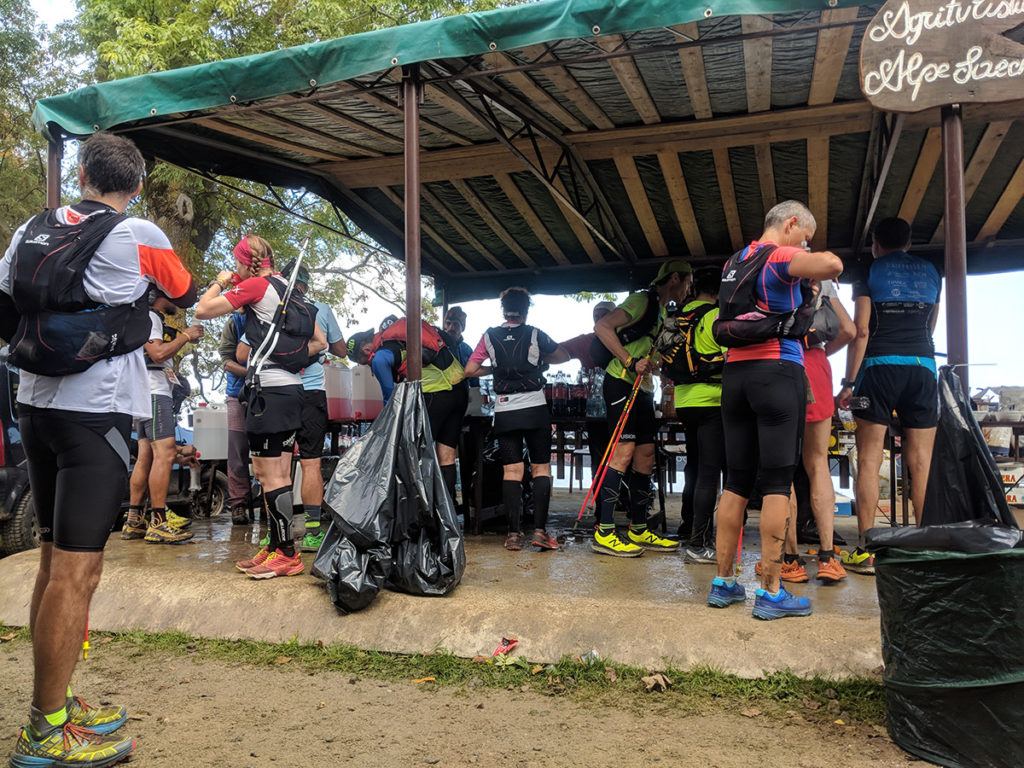
The Nobbler is run by runners. Amongst us there are speedy 5k’ers as well as ultra distance plodders. I thought I’d put together a survival guide for the latter, the ultra distance. Just some suggestions that have helped me survive a few ultras.
Nutrition
There is so much guff written about nutrition. The web is a noise of contradictory advice. My experience has taught me two simple things:
- Consume around 300 calories per hour.
- Eat whatever works for you, gels, nuts, fruit – anything goes.
Whatever you choose, it’s important to test out your nutrition before race day. Try different types and brands out whilst training. I’ve also baked my own energy bars before, they worked really well. Also consider a combination of sweet and savoury. I once had a packet of salt and vinegar crisps on the Glyder’s that changed my life.
Never try out new stuff out on the day of your ultra. What looks like a tasty energy bar at race registration could be the kryptonite super laxative you never wanted.

Hydration
Hydration is hugely important. Keep on top of it. It’s unlikely you’re going to drink too much, especially in the summer months, so keep drinking. In the past I’ve run for 12 hours and not needed a wee, bad news! I’ve since learned to plan hydration on the feed stations available (or river crossings in Snowdonia). Every wee stop is a pat on the back.
Everyone is different, but I aim to drink at least 500ml an hour. At trail ultra pace, that would mean drinking a litre every 10 miles, which is the typical gaps between feed stations on ultra distance events. If I have a little left before a feed station I’ll aim to get it all finished before I top up.
I’ll try and include some energy powder in my drinks, this can help contribute to the 300 calories an hour goal as well as help top up salt levels.
Kit
Much like nutrition, this is hugely down to personal preference. The key is running in kit that you’ve tested thoroughly in all conditions. I had a dream pair of shorts that turned to cheese graters for the inner thigh when they got wet. Test your kit on all terrains and in all weathers.
I won’t bore you with all the details of my preferred kit combination in full, but I’ll share my dream sock setup. I use a double sock setup with Injinji socks underneath and 1000 mile double-layer socks over the top. This combination prevents blisters, which can be debilitating on long runs.

I carry little strips of hypafix tape in my bag to cover any hot-spots if they occur. I find hypafix is also a great nipple protector! I also use a bodyglide bar in areas that are likely to chaff, particularly between my legs and over my shoulders.
Rain is a killer. When you’re running, there is no such thing as a waterproof. There is no material that can release your sweat but keep rain out. Get used to running whilst wet, the key is keeping warm. I won’t go into too much detail as this guy has already explained it very well.
Poles always divide opinion… unless you’ve used poles and have realised that they really help. If you’re taking on a hilly route then they can save a lot of effort on the legs and also help you descend safely. I’m a big fan of them and I’ll opt to use them if there are steep technical sections on the route. The flatter the route, the more odd looks you’ll get.
Pacing
This blog post is about surviving an ultra, not winning it (not that I could advise you on that anyway!), but there is one general rule:
First half- Don’t be an idiot.
Take it easy. React to the terrain and how you’re feeling, not to the other runners around you. Everyone is excited and keen to get going, but this is an endurance event and there is only one finish line. Relax. If you have a heart rate monitor, keep an eye on it to keep your heart rate low. You’ll be paying for any spikes in heart rate later on in the race.
I’ll let you into a little secret. Nearly all ultra runners will walk at least some of the route. Use your running wisely. There comes a point when you can walk faster up a hill than run it. All of your energy in a slow run goes into making you go up and down and not forward.
Second half – Be strong.
Keep going! You’re no doubt tired, your legs are aching, but this is what you came for, the challenge. This is the bit you’ll remember the most, the time when you were up against it, but pushed through to the finish line. It’s at this stage of the race you’ll start passing the runners who ignored the first half rule!
Maximise the help
Make the most of the help thats available. If you’ve got a support van, carry less. If you’re allowed a drop bag halfway, fill it with everything you might need.
This sounds obvious, but tactical planning of the help you’re offered can make a huge difference. For example in the Brecon to Cardiff Ultra race I took part in, there is a bag drop half way. Researching the course, I found that the second half fo the route was run on bridleway and tarmac tracks, whereas much of the first half is on single track and rough forest trail. So I started in my trail shoes and had my lighter road shoes in the drop bag.

Safety
If you’re part of a commercial organised event, then its likely there are safety measures in place. Mandatory kit lists will ensure you have the basics to keep safe and warm and there will likely be other runners or marshals around to help if there are issues.
If you are running by yourself then the responsibility for safety is firmly on your own shoulders. For longer runs I always take a survival bag (not survival blanket) and an insulating and waterproof coat. If you are running in areas where there may not be phone signal it may be worth considering hiring or buying a satellite tracker. This is a great blog post that will maybe help you think about what kit you should take.
Enjoy
Your attitude going into an ultra is the most important factor in whether you succeed or not. You will get moments where your mood drops. Just remember that the lows wont last forever and don’t project how you feel in those moments over the rest of the race.
Enjoy being in the moment. Don’t think too far ahead. Slice the route up into little sections (feed stations help with this). Enjoy the company of others, have a chat with the other runners and the marshals.
Not everyone has the privilege of being able to take part in endurance events. You’re at least fit and healthy enough to enter the race, so you’re one of the lucky ones.
Good luck,
Tim
